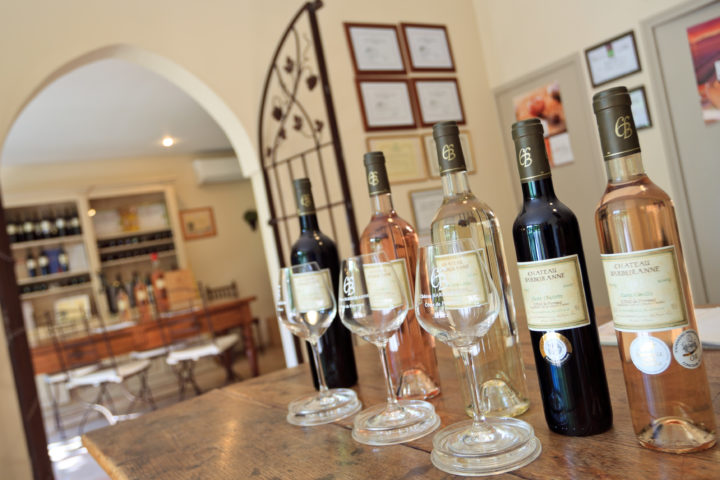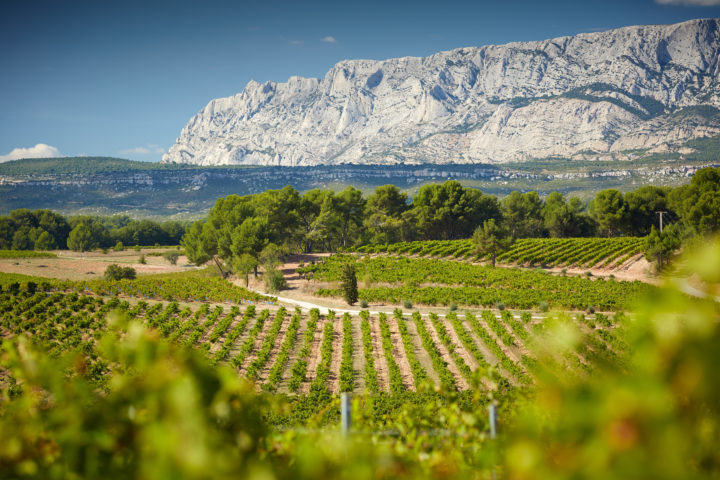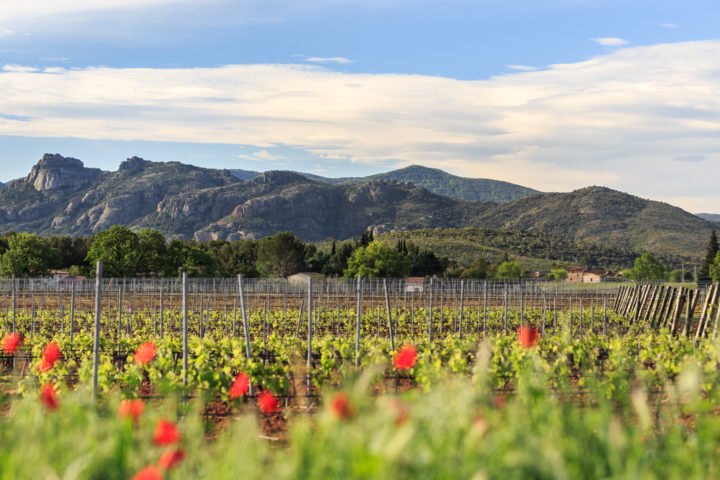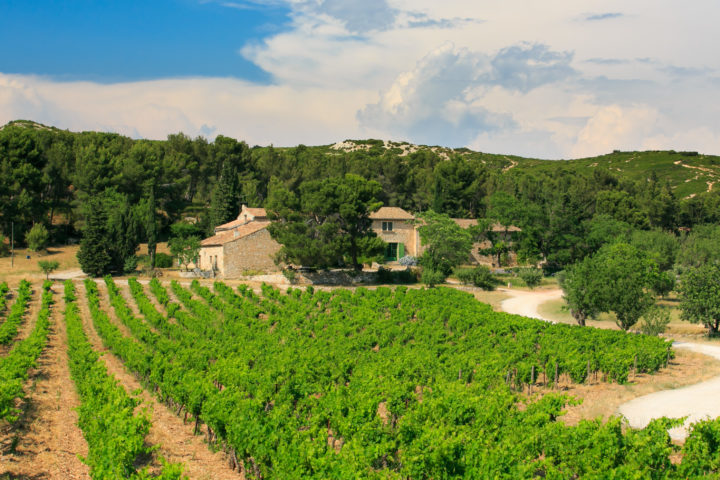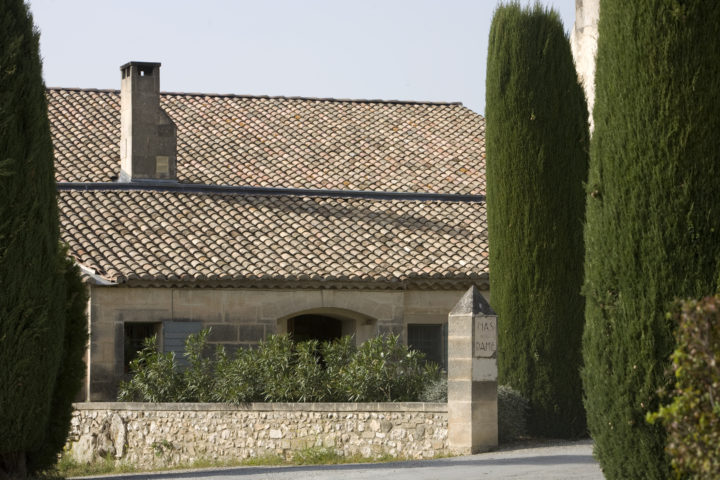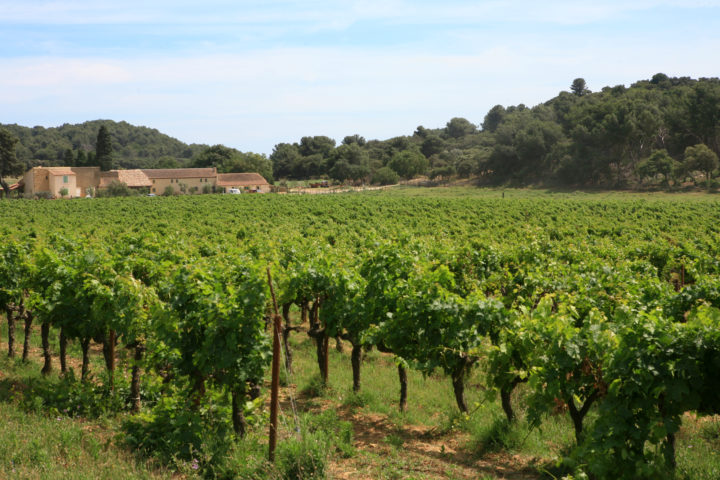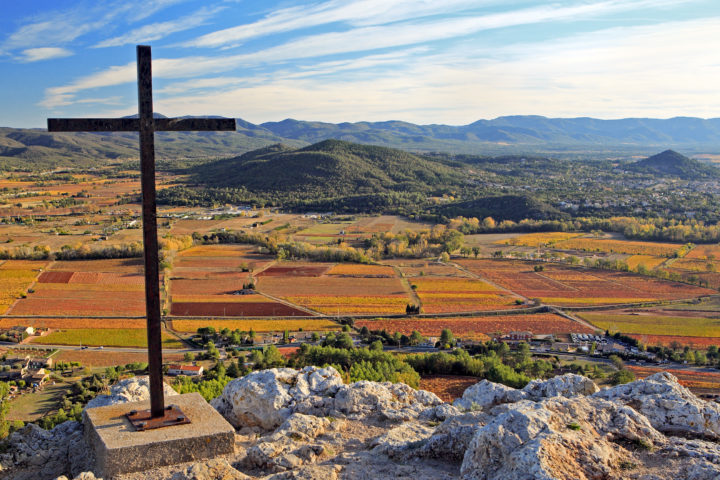Sight, Smell and Taste
Wine tasting is a pleasure (to consume with moderation) and for some, an art. The enthusiast will use his memory to name the nuances of colours, perfumes or aromas.
The professional will also research the wine’s origin and the main features of its development.
Either way, sincerity and simplicity are the rule. It is important not to lose sight of the pleasure of wine and of the question that remains the most important: Do I like it or not?
Several senses are stimulated during wine tasting: sight, smell and taste.
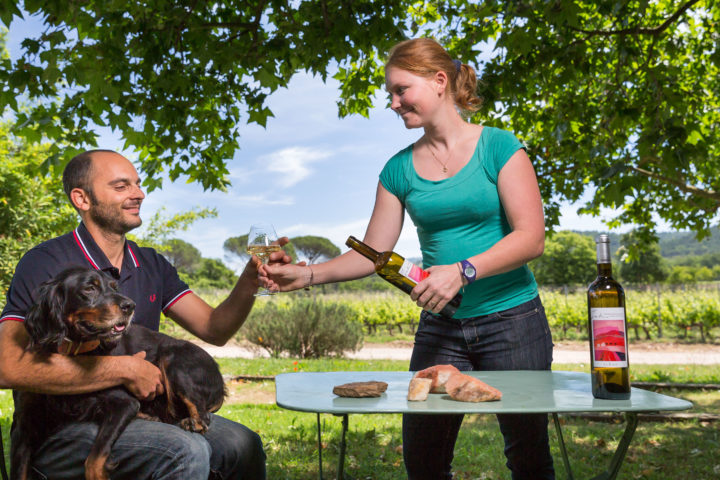
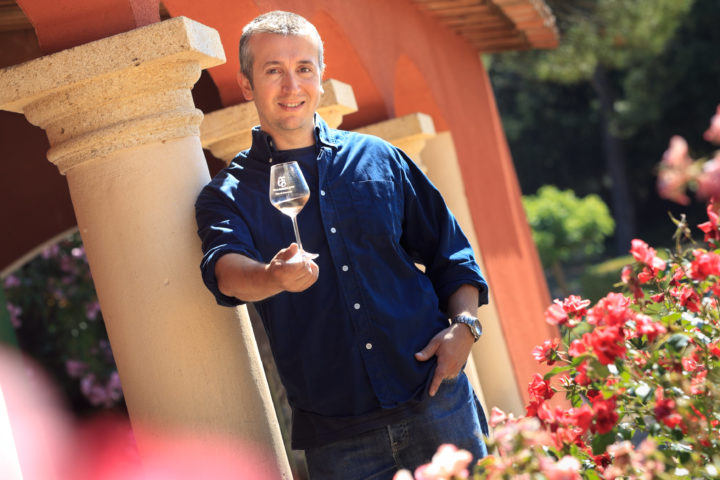
Sight
To look at a wine is to appreciate its colour, limpidity and brilliance. The glass’s design is important: fine and elegant, it will be held by the foot to prevent the fingers from interfering with the appreciation of the liquid it contains.
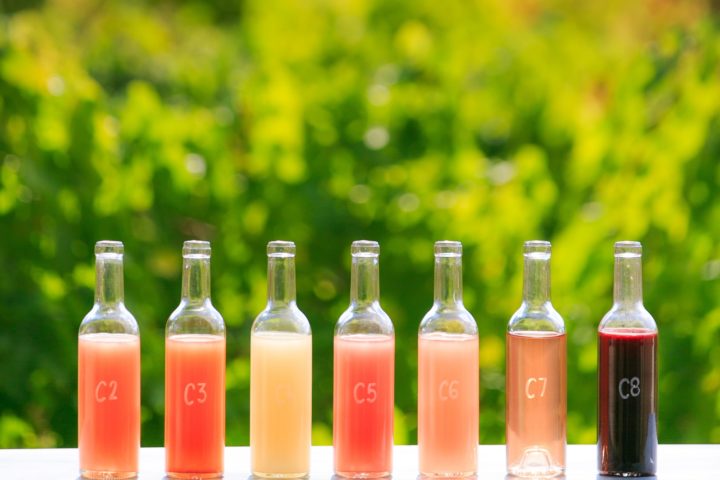
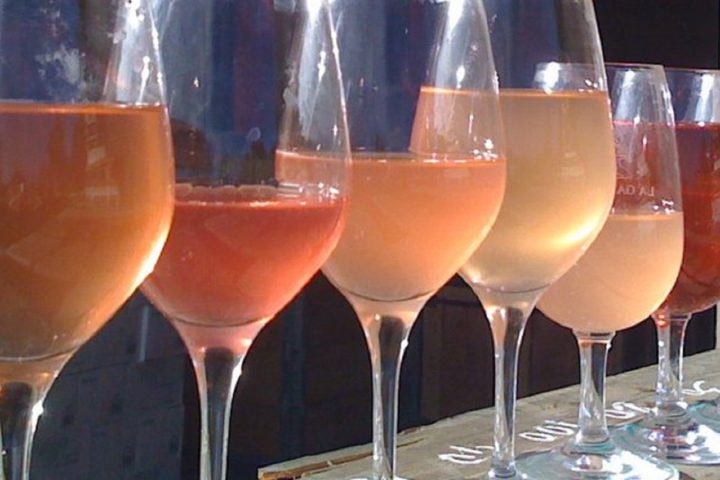
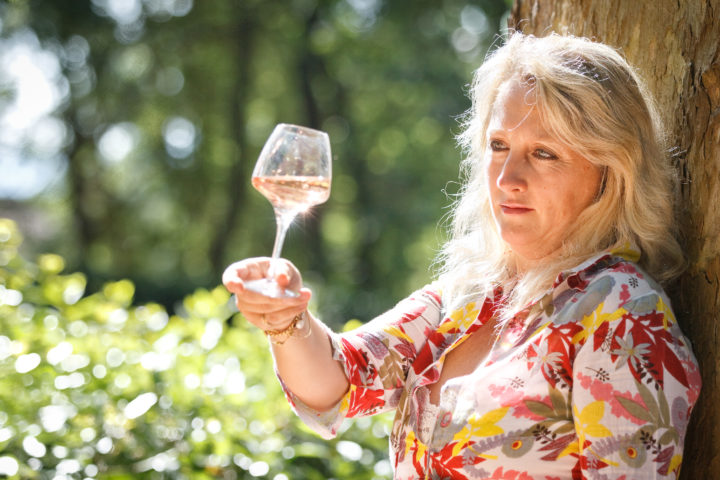
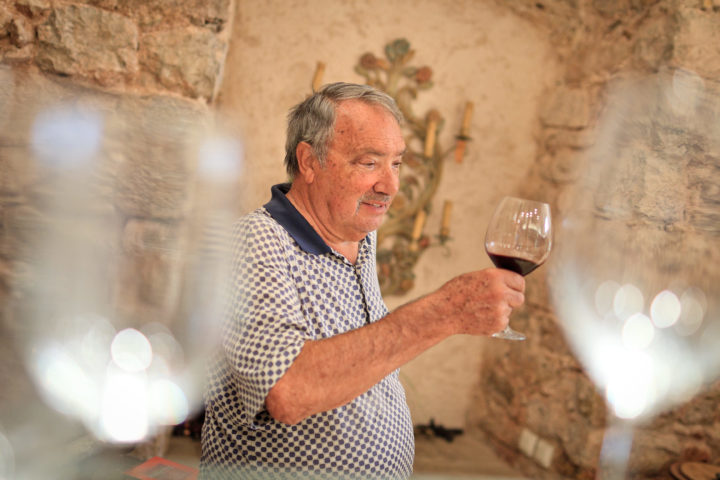
Smell
The odours are perceived either directly by the nose, or by the back-throat after mouthing: it is the retro-olfaction. Two types of aromas combine: the primary aromas, which come from the grape itself, and the secondary aromas brought by fermentation and the winemaking process.
During tasting, it is advised to first smell the wine at rest (the so-called “first nose”), because it lets out its most discreet aromas. Then shake the liquid by applying a circular motion to the glass, which releases the stronger aromas.
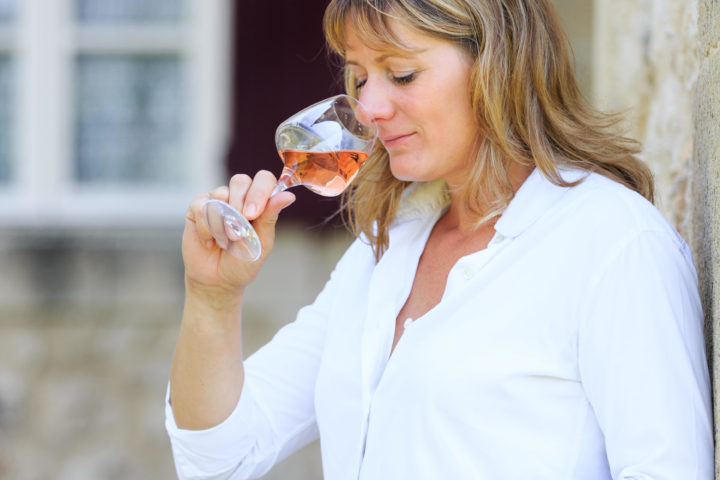
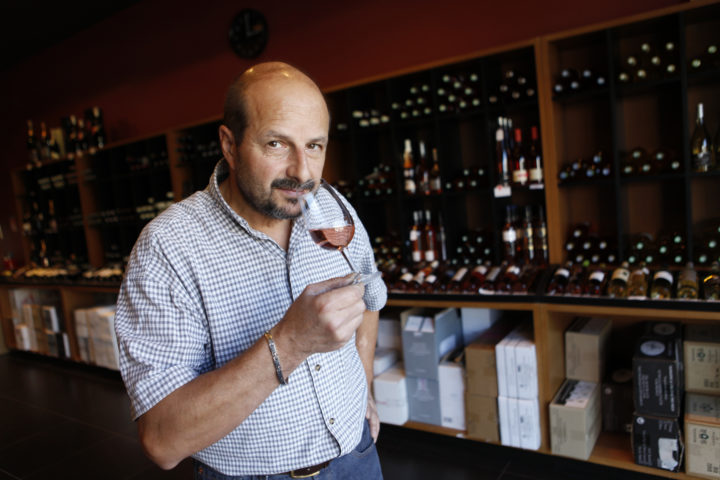
Taste
A small amount of wine is enough for taste appreciation, but it must be “turn in the mouth” because the four basic flavours emerge only successively, in several seconds: sweetness appears first and disappears quickly (its area of perception is located on the tip of the tongue); then acid, bitter come next and are more persistent; and finally, salty (which is rare in wines). This perception mixes with smell through retro-olfaction and “tasting” is actually “tasting and smelling”.
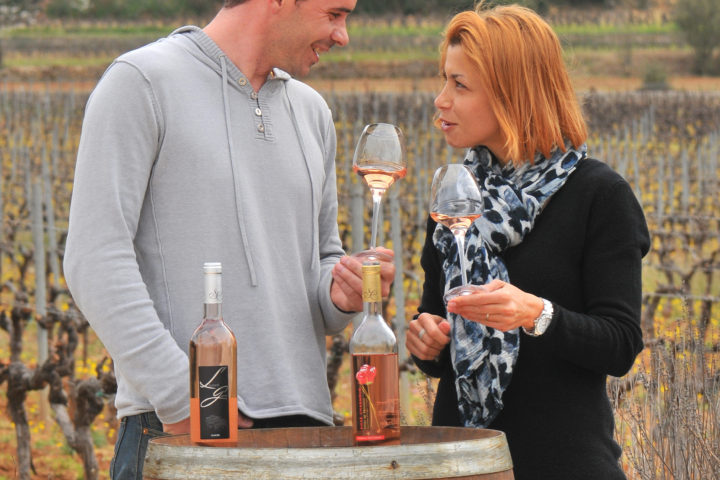
Harmony and persistence
The harmony of aromas and flavours persists throughout the duration of the tasting, and quality wines shouldn’t have “hole”, that is to say, a temporary weakness. The duration of perception, also called “length on the palate”—by which the wine does not cease to be good, at the same time gustatory and olfactory—can last more than ten seconds.
